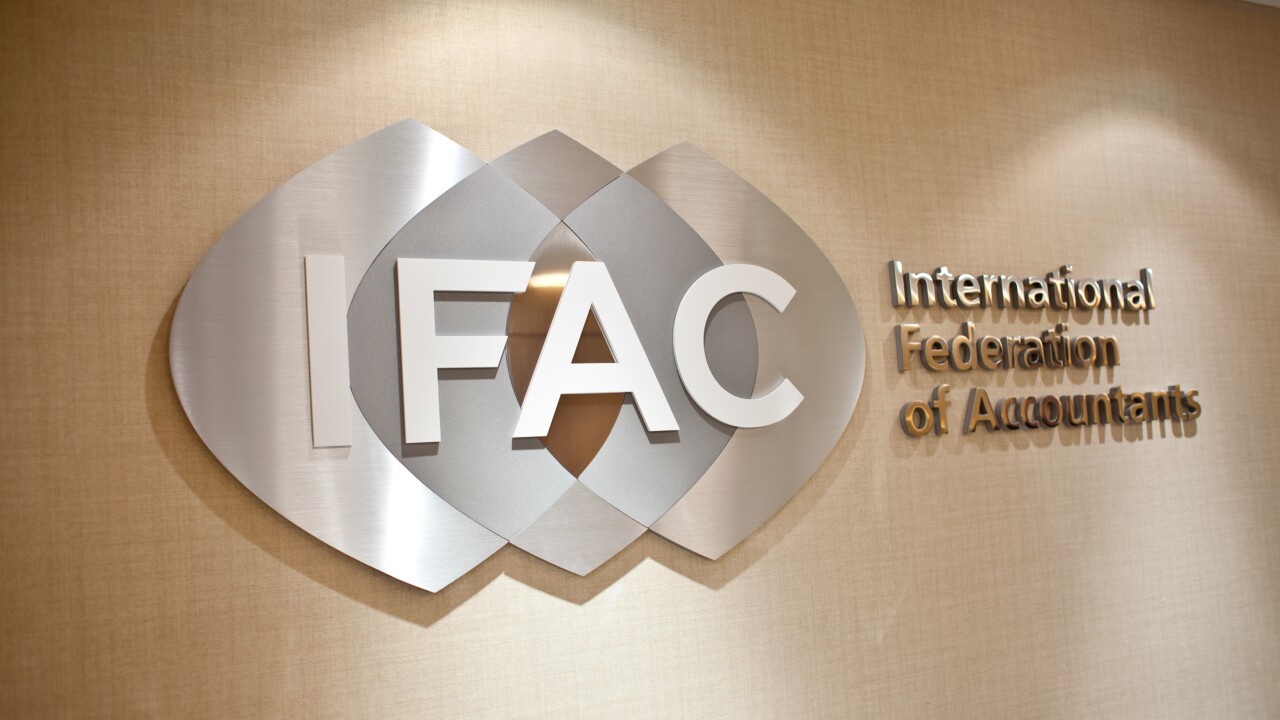The Internal Revenue Service has released a set of proposed regulations to prevent abuses of the partnership basis adjustment rules, disallowing partnership loss transfers to avoid some of the abuses uncovered by the Enron scandal.
Under Section 721(a) of the Tax Code, if a partner contributes property in exchange for a partnership interest, neither the partners nor the partnership is supposed to recognize the gain or loss. Section 722 provides that when a partner contributes property to a partnership, the basis in the partnership interest received would equal the adjusted basis of the contributed property, the IRS noted. Similarly, under Section 723, the partnership’s adjusted basis in the contributed property equals the contributing partner’s adjusted basis in the property.
Section 704(c)(1)(A) requires the partnership to allocate items of partnership income, gain, loss, and deduction with respect to contributed property among the partners so as to take into account any built-in gain or built-in loss in the contributed property. The rule is intended to prevent the transfer of built-in gain or built-in loss from the contributing partner to other partners. If a partner contributes a built-in gain or built-in loss property to a partnership and later transfers the interest in the partnership, Section 1.704-3(a)(7) provides that the built-in gain or built-in loss must be allocated to the transferee as it would have been allocated to the transferor.
The IRS’s
Prior to the AJCA, a contributing partner could transfer losses to a transferee partner or other partners when the contributing partner was no longer in the partnership. Congress enacted Section 704(c)(1)(C) to prevent the inappropriate transfer of built-in losses to partners other than the contributing partner.
Congress also enacted provisions in Section 755(c) to safeguard against some of the abuses found at Enron. Congress’s Joint Committee on Taxation found that taxpayers were engaging in transactions to achieve unintended tax results through the interaction of these partnership basis adjustment rules and the rules in Section 1032 protecting a corporation from recognizing gain on its stock.
Section 1032(a) provides that no gain or loss should be recognized for a corporation on the receipt of money or other property in exchange for stock in the corporation. The JCT’s Enron Report describes Enron’s Project Condor, which was structured to take advantage of the interaction between Sections 754 and 1032 by increasing the basis of depreciable assets under Section 732 while decreasing the basis under Section 734(b) of preferred stock of a corporate partner held by the partnership. The step-down in the basis of the corporate partner’s preferred stock had no ultimate tax effect because the corporate partner could avoid recognizing the gain in the stock through Section 1032, which prevents a corporation from recognizing gain on the sale of its stock. The transaction thus duplicated tax deductions at no economic cost.
The JCT expressed concern about the exclusion of gain under Section 1032 following a negative basis adjustment under Section 734(b) to stock of a corporate partner. Therefore, the JCT recommended that the partnership basis rules preclude an increase in basis to an asset if the offsetting basis reduction would be allocated to stock of a partner or a related party.
In response to these recommendations, Section 834(a) of the AJCA enacted Section 755(c), which provides, among other things, that in making an allocation under Section 755(a) of any decrease in the adjusted basis of partnership property under Section 734(b), no allocation may be made to stock in a corporation or any person related to the corporation that is a partner in the partnership, and any amount not allocable to stock by reason of Section 755(c)(1) should be allocated under Section 755(a) to other partnership property.





